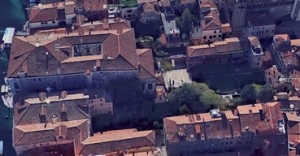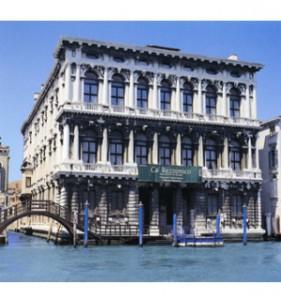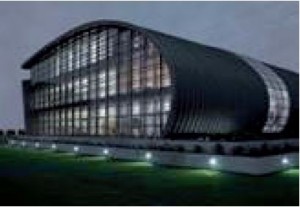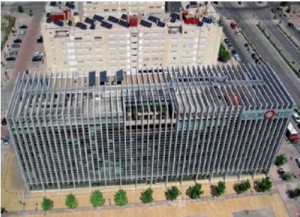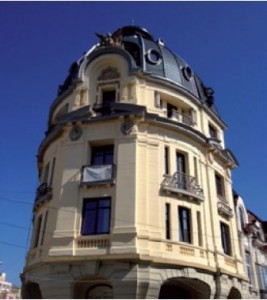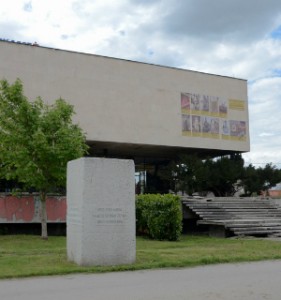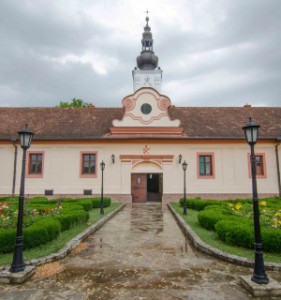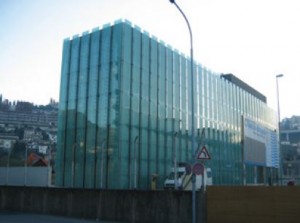This website uses cookies so that we can provide you with the best user experience possible. Cookie information is stored in your browser and performs functions such as recognising you when you return to our website and helping our team to understand which sections of the website you find most interesting and useful.
You can adjust all of your cookie settings by navigating the tabs on the left hand side.
For more details go to the page Data Protection and Privacy Policy


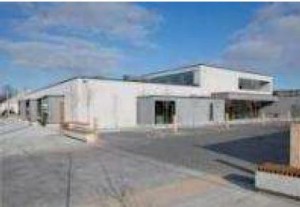 The building is a community library owned by South Dublin County Council and was built in 2011.
The building is a community library owned by South Dublin County Council and was built in 2011.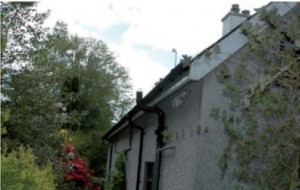
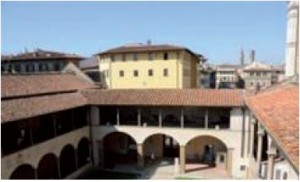 The Monumental Complex of Santa Croce includes several architectural spaces: Church, Bell Tower, Cloisters, Pazzi Chapel, museums, Basement.
The Monumental Complex of Santa Croce includes several architectural spaces: Church, Bell Tower, Cloisters, Pazzi Chapel, museums, Basement.